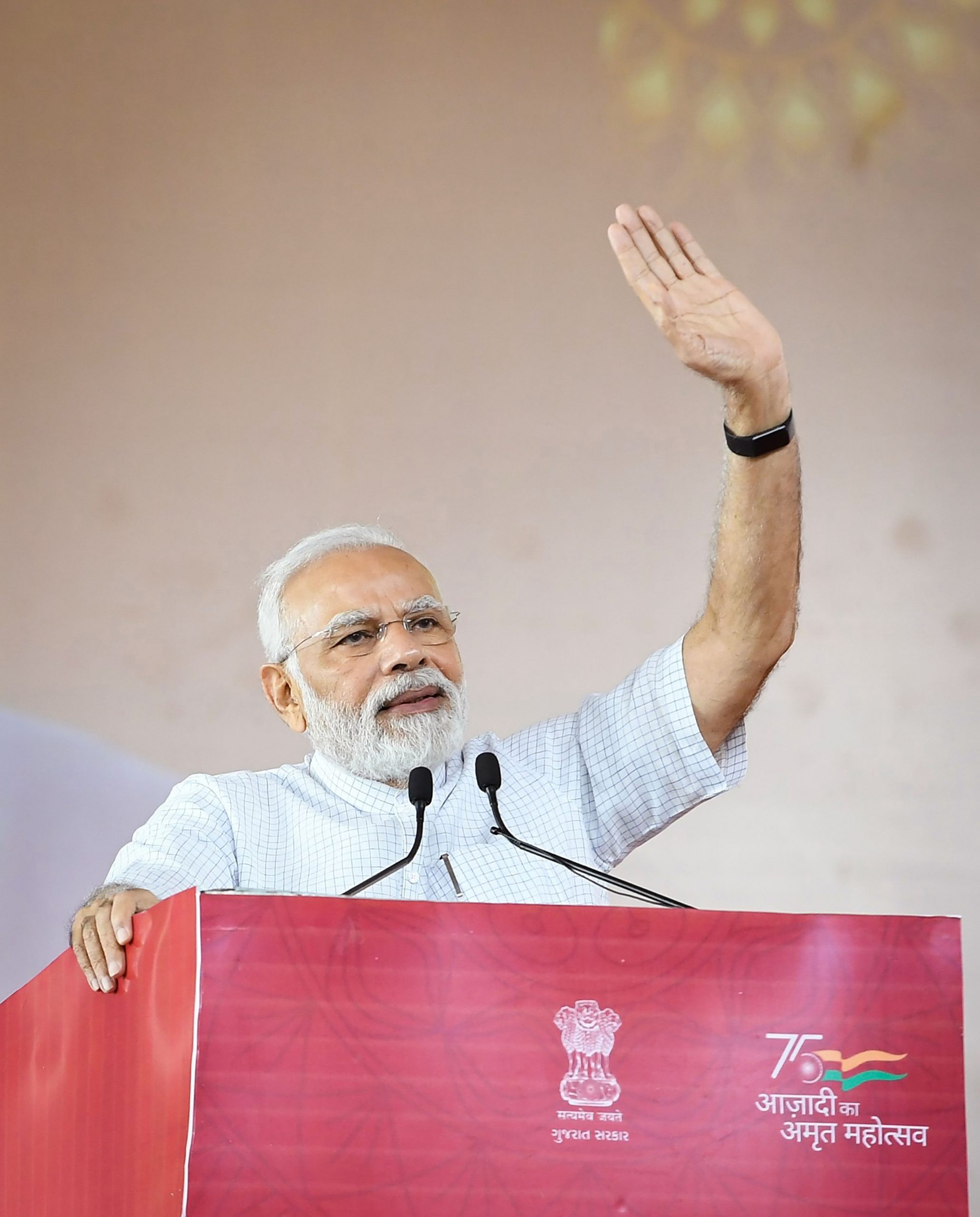The Indian PM inaugurated the sixth edition of India Mobile Congress the India Mobile Congres (IMC) which began on Saturday and runs until October 4. The event’s main attraction is the deployment of the fifth generation, or 5G mobile internet services.
The rollout of 5G in a few cities was officially announced by Prime Minister Narendra Modi on Saturday. The event was live-streamed.
Also read: Modi to launch 5G in India: Which cities get services in first rollout
The fifth generation of mobile communication networks, or 5G, is expected to provide significantly higher speeds and more application possibilities than 4G. It is anticipated that the deployment of 5G will hasten the uptake of cloud gaming, AR/VR, the Internet of Things, and other technologies.
Several business use cases exist for 5G as well. Airtel, Reliance Jio, and Vi are just a few of the operators who have already made plans to start deploying 5G in India in October.
Also read: 5g vs 4g: What the key differences are
Thirteen cities would receive the 5G Internet services in the initial rollout phase. Ahmedabad, Bengaluru, Chandigarh, Chennai, Delhi, Gandhinagar, Gurugram, Hyderabad, Jamnagar, Kolkata, Lucknow, Mumbai, and Pune are the cities that are included.
According to official sources who spoke to news agency PTI, the Public Works Department (PWD) has selected over 10,000 locations throughout New Delhi for the building of small “cell sites” or small towers in preparation for the city’s 5G network rollout.
India’s “techade” is here, Modi declared in his Independence Day speech this year. The phrase emphasised the nation’s advancement in digital technology.
Also read: How fast is 5G: Explained
Ashwini Vaishnaw, the minister of communications, electronics, and information technology, had said, “We are planning to roll out 5G services rapidly. The telecom operators are working in that regard and installations are being done. Our expectations are that 5G should reach every part of the country in the next two to three years. We will ensure that it remains affordable. The industry is focusing on both urban as well as rural areas.”







